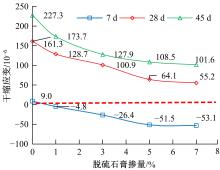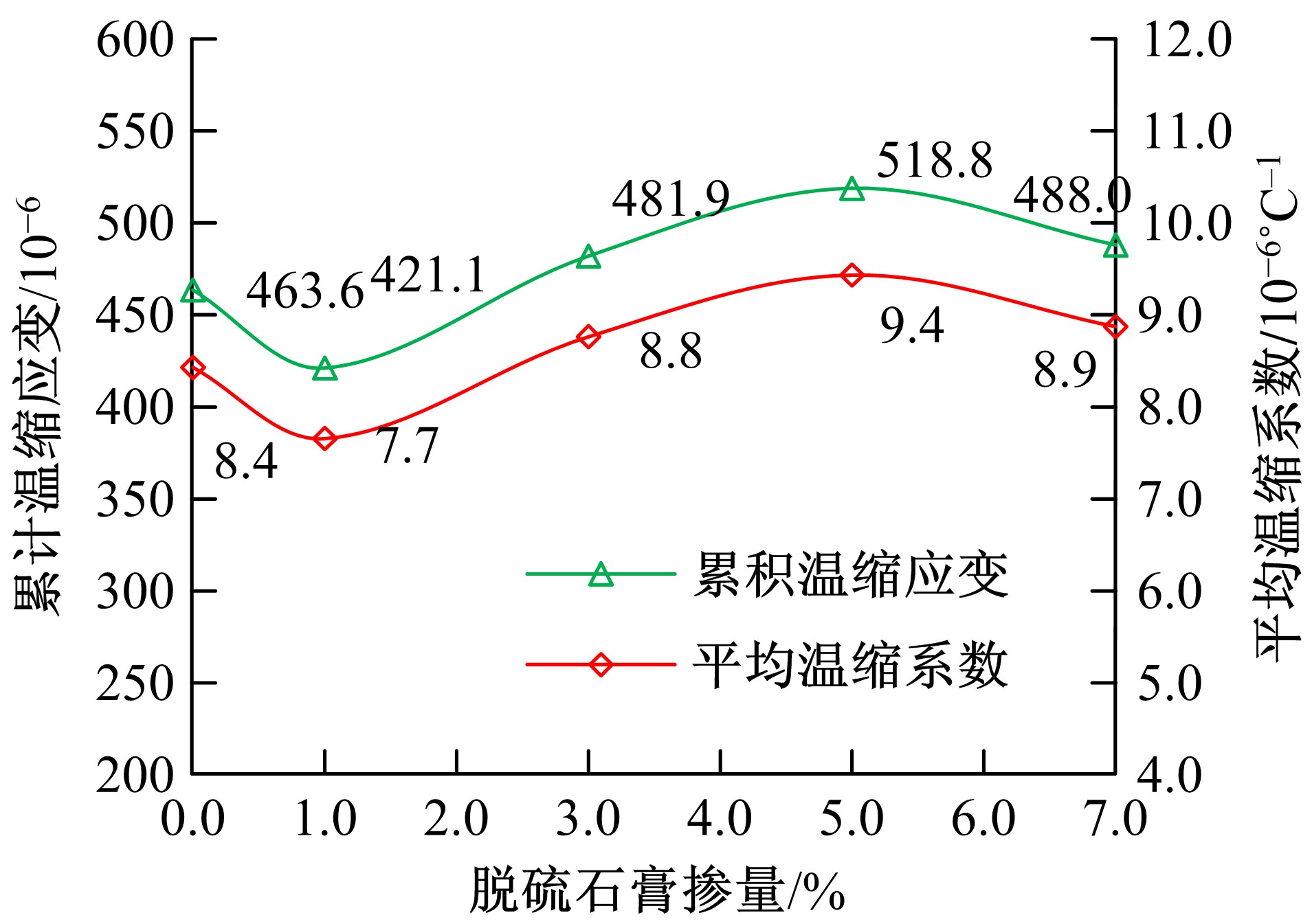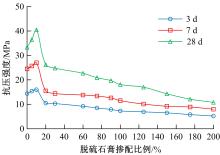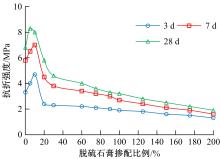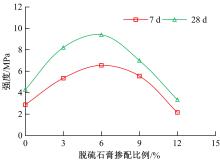| 1 |
Lefort M. Technique for limiting the consequences of shrinkage in hydraulic-binder-treated bases[C]∥ International RILEM Conference on Reflective Cracking in Pavements, Ottawa, Canada, 1996: 3-8.
|
| 2 |
杨红辉, 郝培文, 戴经梁. 掺膨胀剂水泥稳定碎石路用性能[J]. 交通运输工程学报, 2006, 6(1): 48-51.
|
|
Yang Hong-hui, Hao Pei-wen, Dai Jing-liang. Road performance of cement-stabilized aggregate mixture with expansion agent[J]. Journal of Traffic and Transportation Engineering, 2006, 6(1): 48-51.
|
| 3 |
张鹏, 李清富, 黄承逵,等. 聚丙烯纤维水泥稳定碎石收缩性能[J]. 交通运输工程学报, 2008, 8(4): 30-34.
|
|
Zhang Peng, Li Qing-fu, Huang Cheng-kui, et al. Shrinkage properties of cement stabilized macadam reinforced with polypropylene fiber[J]. Journal of Traffic and Transportation Engineering, 2008, 8(4): 30-34.
|
| 4 |
吴其胜, 刘学军, 黎水平, 等. 脱硫石膏-矿渣微粉复合胶凝材料的研究[J]. 硅酸盐通报, 2011, 30(6): 1454-1458.
|
|
Wu Qi-sheng, Liu Xue-jun, Li Shui-ping, et al. Study on the cementitious materials of desulfurization gypsum and granulated blast furnace slag composites[J]. Bulletin of the Chinese Ceramic Society, 2011, 30(6): 1454-1458.
|
| 5 |
许依山, 卢平. 脱硫石膏资源化综合利用途径及未来发展[J]. 中国水泥, 2016(5): 87-89.
|
|
Xu Yi-shan, Lu Ping. Utilization and development of desulfurized gypsum resources[J]. China Cement, 2016(5): 87-89.
|
| 6 |
孙治军, 姚爱玲. 矿渣微粉在路面材料中的研究与应用[J]. 公路交通科技:应用技术版, 2012(5): 87-90, 97.
|
|
Sun Zhi-jun, Yao Ai-ling. Research and application of slag powder in pavement materials[J]. Journal of Guizhou University of Finance and Economics, 2012(5): 87-90, 97.
|
| 7 |
陈淑华. 矿渣材料在路面基层中的再利用研究[J]. 公路交通科技:应用技术版, 2006(3): 43-45.
|
|
Chen Shu-hua. Application of cement stabilized slag in pavement base[J]. Journal of Highway and Transportation Research and Development(Application Technology), 2006(3): 43-45.
|
| 8 |
王锦华. 硬石膏特点及资源的开发应用前景[J]. 建材发展导向, 2006, 4(6): 41-44.
|
|
Wang Jin-hua. Characteristics of anhydrite and development and application of resources[J]. Development Guide to Building Materials, 2006, 4(6): 41-44.
|
| 9 |
宋慧. 硫酸盐侵蚀条件下混凝土损伤演化机理及其内膨胀力模型[D]. 宁波:宁波大学机械工程与力学学院, 2011.
|
|
Song Hui. The mechanism of damage evolution and the model of internal expansion force of concrete under sulfate attack[D]. Ningbo: School of Mechanical Engineering and Mechanics, Ningbo University, 2011.
|

